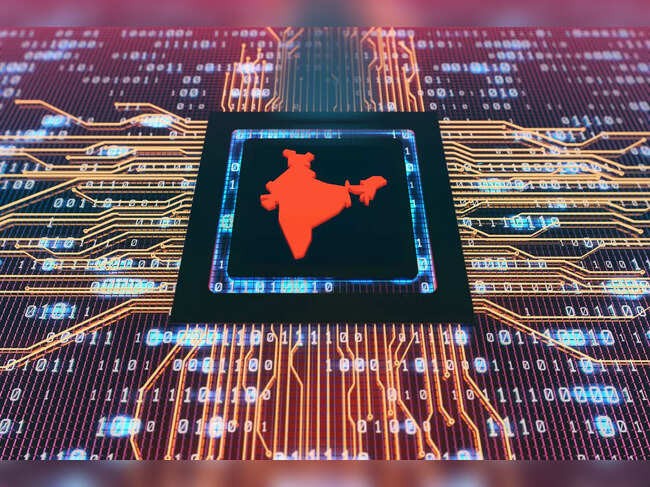



India aims to achieve 20% ethanol blending in petrol, ahead of schedule, to reduce fossil fuel reliance and emissions. Ethanol production will primarily come from sugar, molasses, FCI rice, and maize. Increased maize cultivation supports this, but concerns about food security and sustainability need ongoing management and monitoring.

Copyright infringement not intended
Picture Courtesy: The Hindu
The Union Minister of Road Transport and Highways said that India will achieve its target of 20% ethanol blending of petrol in the next two months.
"Ethanol blending in petrol" means mixing a certain percentage of ethanol, a type of alcohol produced from plant materials like sugarcane, with gasoline (petrol) to create a fuel that reduces reliance on fossil fuels and can potentially lower harmful emissions, mainly by decreasing carbon monoxide output. It is a way to use a renewable energy source to partially replace conventional petrol.
Ethanol acts as an octane booster when mixed with petrol, improving engine performance and combustion efficiency.
By using ethanol, the overall carbon footprint of the fuel is reduced as it is considered a renewable source.
Different blends exist, commonly referred to as "E" numbers, where "E10" indicates a mixture with 10% ethanol and 90% petrol.
India aims to achieve a 20% ethanol blending target in petrol. The Union Minister of Road Transport and Highways has announced that this target will be met in the next two months, which is at least a year earlier than the original schedule.
To achieve the 20% ethanol blending target, India needs to produce approximately 1,100 crore litres of fuel ethanol annually.
|
Producing 100 crore litres of fuel ethanol saves Rs 6,000 crore in oil imports. India’s annual oil import bill is around ₹10.5 lakh crore. |
The 1,100 crore litres of fuel ethanol will come from multiple sources, including:
India’s ethanol distillery capacity has expanded to 1,600 crore litres. This growth is driven by government incentives and the promise of a stable and lucrative market for ethanol.
Sugar and molasses are expected to contribute around 400 crore litres of ethanol. India’s sugar production for the next year is projected at 315 lakh tonnes, with 40 lakh tonnes allocated for fuel ethanol production.
The government has reduced the price of FCI rice supplied to distilleries from ₹28 to ₹22.5 per kg. This will enable the production of around 110 crore litres of ethanol from FCI rice in the current ethanol year.
Maize is expected to contribute nearly 400 crore litres of ethanol. Until 2020, India produced little or no ethanol from maize. However, with the rise in demand, maize has become a significant feedstock for ethanol production.
Maize imports have increased because the government imposed restrictions on using sugar and high-quality molasses for ethanol production. This led to a surge in maize imports, which reached $188 million from April to November 2024.
India’s maize production is around 42 million tonnes for the 2024-25 ethanol year. Out of this, nine million tonnes can be used to produce 350 to 400 crore litres of ethanol. Major maize-producing states include Karnataka, Madhya Pradesh, Maharashtra, Andhra Pradesh, Rajasthan, Bihar, and Uttar Pradesh.
Since 2020-21, maize production has increased by nearly six million tonnes, mainly for ethanol use. Maize is now cultivated in 10% more area, with higher yields, due to the lucrative ethanol market.
The byproduct of ethanol production, called Distiller’s Dried Grains with Solubles (DDGS), can be used as poultry feed. This ensures that traditional maize uses are not disrupted.
The long-term sustainability of fuel ethanol depends on whether the shift to maize-based ethanol negatively impacts the production of other foodgrains. Balancing ethanol production with food security remains a critical challenge. Careful monitoring and adjustments will be needed to ensure a sustainable balance.
Must Read Articles:
OVERVIEW OF ETHANOL BLENDING IN INDIA
Source:
|
PRACTICE QUESTION Q.How does India’s ethanol blending target align with global energy trends? Discuss its role in the context of India’s energy transition strategy. 150 words |








© 2025 iasgyan. All right reserved